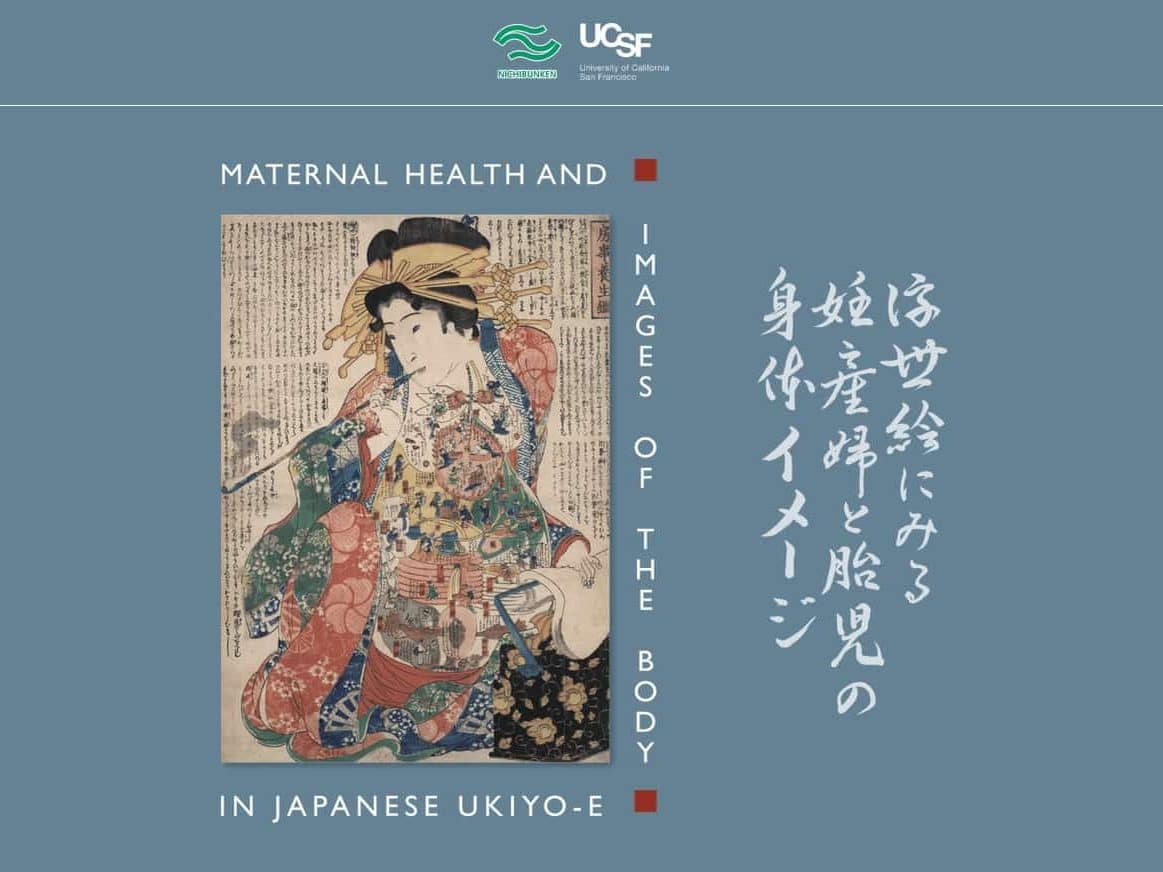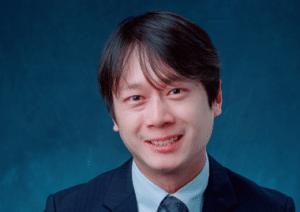An international team of experts on Japan have put together the exhibit examining pregnancy and maternal health as portrayed in Early Modern Japanese Woodblock Prints.

The exhibition titled, “Maternal Health and Images of the Body Examined Through Japanese Ukiyo-e” looks at pregnancy, childbirth, and the human body as depicted through Japanese woodblock artwork, Ukiyo-e. From November 2023 until December 2024, the exhibition will be on display at the University of California, San Francisco (UCSF) Kalamanovitz Library. Ukiyo-e was a genre of Japanese art that saw popularity during the Edo Period (1603 – 1868), and oftentimes the subjects of such artwork were beautiful women. The Ukiyo-e and artifacts featured in the exhibit are dated between 1820s until the 1880s. The project is based on joint research between the International Research Center for Japanese Studies (Nichibunken) and the University of California, San Francisco (UCSF).

iCLA’s Program Director of Japan Studies and Associate Professor Dr. Clarence I-Zhuen Lee is a member of the International Research Center for Japanese Studies (Nichibunken) Exhibition Project Team which put together the exhibition. The team has worked together with UCSF to produce the exhibit and also to launch an online museum for visitors to browse the exhibit virtually. The entire exhibition is shared online in three languages – English, Japanese, and Chinese. Via the web, visitors can examine high-resolution images of the Ukiyo-e belonging to the UCSF Japanese Woodblock Print Collection and Nichibunken Collection, and enjoy the historical contexts as explained by Dr. Lee and the scholars of the Nichibunken Team.
“In our historical moment, when maternal bodies and abortion rights are being negotiated across the world, this exhibition sought to illuminate the alternate ways in which ideas of the body and maternal health intersected in early modern Japan. We hope that the exhibition would provide an avenue for visitors to reconsider the historical contingencies that inform our biopolitical present,” says Dr. Lee.
From looking at anatomy and fetal growth as understood by early modern Japanese doctors influenced by Buddhism and Chinese medicine, to early methods of birth control, and then to the introduction of western anatomy by the Dutch – the riveting exhibit of Ukiyo-e charts the understanding of maternal health in the late-Edo and early-Meiji eras.
Links:
“Maternal Health and Images of the Body Examined Through Japanese Ukiyo-e” Online Museum

